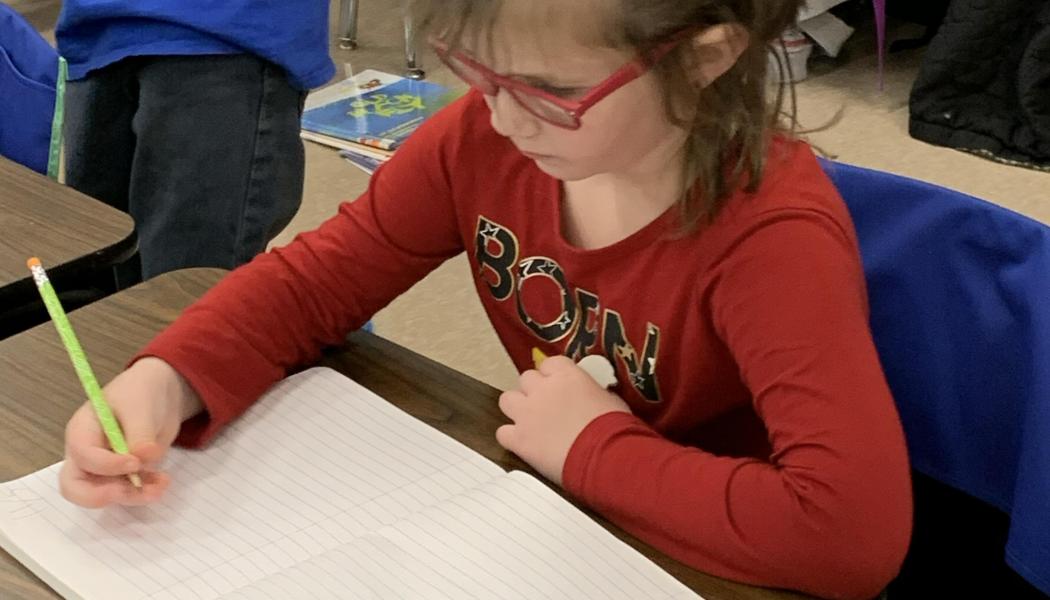Eight Effective Methods for Increasing Students' Self-Efficacy

Join Our Community
Access this resource now. Get up to three resources every month for free.
Choose from thousands of articles, lessons, guides, videos, and printables.
Increasing students' self-efficacy in the classroom involves implementing strategies that build their confidence in their abilities to succeed and overcome challenges. Here are several effective methods:
1. Set Clear and Achievable Goals
Define Specific Goals: Establish clear, achievable goals for students to work towards. Break larger goals into smaller, manageable steps so students can experience success along the way.
Track Progress: Use visual trackers or progress charts to help students see their advancement and celebrate milestones.
2. Provide Formative Feedback
Constructive Feedback: Offer feedback that focuses on students’ efforts and strategies rather than just their outcomes. Highlight what they did well and provide actionable suggestions for improvement.
Encouragement: Use positive reinforcement to build confidence. Praise effort, persistence, and problem-solving strategies.
3. Promote Mastery Experiences
Success through Practice: Provide opportunities for students to master skills through practice and repetition. Success in these tasks helps build their confidence in their abilities.
Incremental Challenges: Gradually increase the difficulty of tasks as students gain confidence and skill.
4. Encourage Self-Assessment and Reflection
Self-Evaluation: Teach students to assess their own work using rubrics or checklists. Self-assessment helps students recognize their progress and identify areas for improvement.
Reflection: Facilitate reflective practices where students can discuss what strategies worked, what didn’t, and how they can improve.
5. Foster a Growth Mindset
Emphasize Effort Over Innate Ability: Teach students that intelligence and abilities can be developed through effort and learning, rather than being fixed traits.
Normalize Challenges: Encourage students to view mistakes and challenges as opportunities for learning and growth.
6. Model Positive Self-Talk
Demonstrate Resilience: Show how you approach challenges and setbacks with a positive attitude. Use phrases that reflect perseverance and problem-solving.
Encourage Positive Self-Talk: Help students develop their own positive self-talk strategies to boost their confidence and persistence.
7. Create a Supportive Learning Environment
Emotional Support: Build a classroom culture where students feel safe to express their thoughts, ask questions, and seek help without fear of judgment.
Collaborative Learning: Use group work and peer support to provide additional encouragement and modeling of effective strategies.
8. Celebrate Achievements
Recognize Success: Celebrate students’ achievements, both big and small, to reinforce their sense of competence and self-efficacy.
Showcase Improvement: Highlight improvements and progress, not just high performance, to encourage continued effort.
John Hattie’s research emphasizes the significant impact of self-efficacy on student achievement. According to Hattie (2012), self-efficacy has a high effect size of 0.92, indicating that students' beliefs in their abilities strongly influence their learning outcomes. By employing these strategies, educators can significantly enhance students' self-efficacy, leading to increased motivation, engagement, and academic success.






